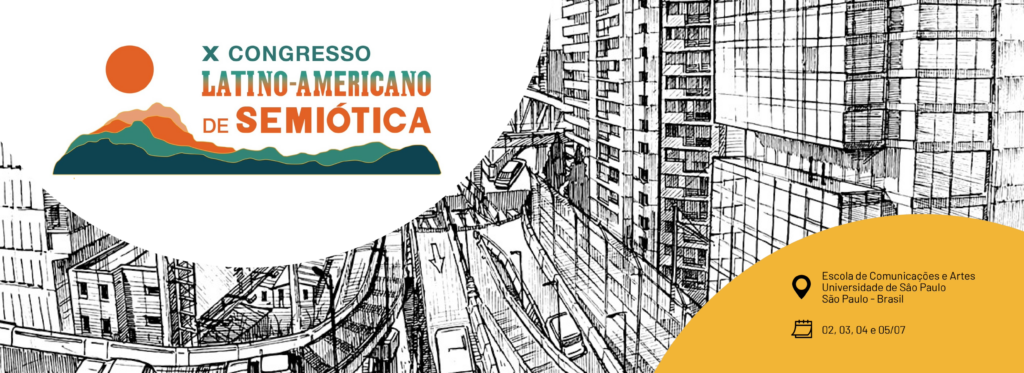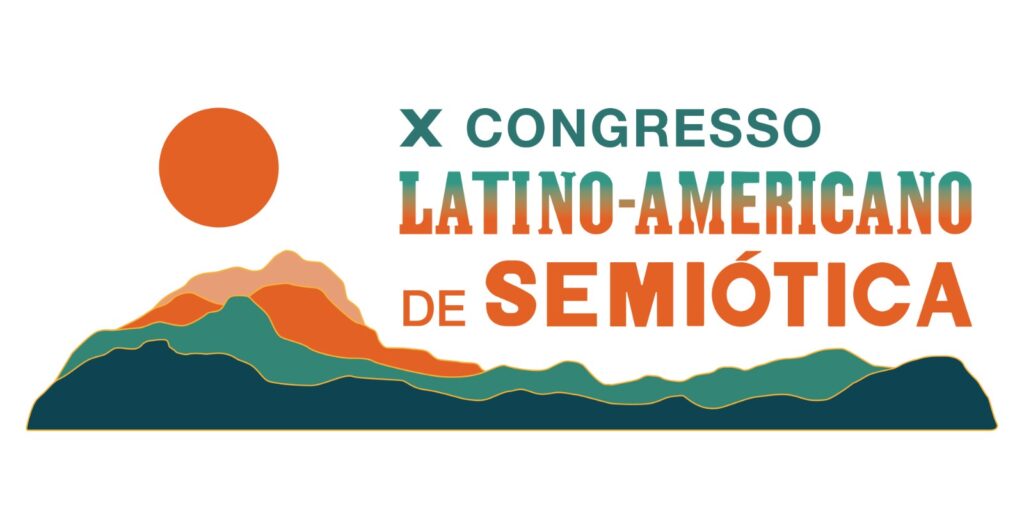Apresentação
Como será o amanhã?
Já passados o ímpeto futurista do século XX e a ânsia adivinhatória da virada para o século XXI, deparamo-nos agora, a um só tempo, com imprevisibilidades, incertezas, indeterminações e poucas garantias –– talvez somente a de que, se pode haver um futuro, ele deverá ser repensado e reconstruído por todos a partir do hoje. É assim que, como ciência do campo das humanidades, a semiótica se abre para questionamentos transtemporais e se volta ao porvir, investigando seus sentidos, antecipando seus sabores para pré-compreender seus dilemas – é a semiótica do futuro.
É assim também que, como ciência da linguagem, diante de um panorama em mutação, de emergentes possibilidades comunicacionais, tecnológicas, relacionais, institucionais, políticas, humanas, ecossistemáticas, a semiótica deve refletir sobre si mesma, reconhecendo suas possibilidades e seus limites, identificando suas potências e suas fragilidades, defendendo e valorizando seu lugar no devir – é o futuro da semiótica.
A próxima edição do Congresso da Federação Latino-americana de Semiótica (FELS), a se realizar entre entre os dias 2 e 5 de julho de 2024 na Escola de Comunicações e Artes (ECA-USP), em São Paulo – Brasil, em parceria com as universidades e entidades brasileiras de pesquisa e formação em semiótica, é um convite aos nossos colegas pesquisadores, de sangue, língua e alma latino-americanos, em constante vivência transcontinental e transatlântica, a pensar o futuro do planeta e da humanidade de forma integrada, a partir da perspectiva privilegiada da semiótica; e a não negligenciar aos autoquestionamentos e autorreflexões tão necessários e tão urgentes a todos os campos do conhecimento nos tempos atuais – e tão promissores quando se trata de semiótica.

